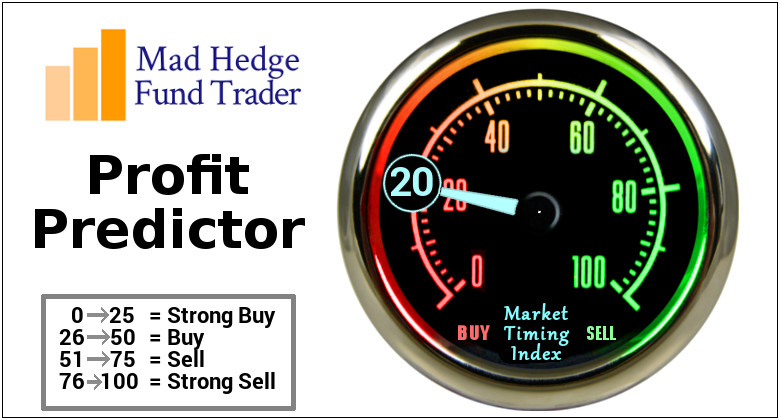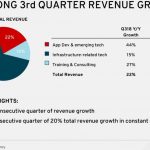When John identifies a strategic exit point, he will send you an alert with specific trade information as to what security to sell, when to sell it, and at what price. Most often, it will be to TAKE PROFITS, but, on rare occasions, it will be to exercise a STOP LOSS at a predetermined price to adhere to strict risk management discipline.

Trade Alert - (FXY) - BUY
Buy the Currency Shares Japanese Yen Trust (FXY) March, 2018 $91-$93 in-the-money vertical bear put spread at $1.75 or best

2-27-2018
Opening Trade
expiration date: March 16, 2018
Portfolio weighting: 10%
Number of Contracts: 57
I think the gigantic RISK OFF move in the markets now, and the focus of the foreign exchange markets will return to long term fundamentals. In the case of the Japanese yen, those are terrible.
Only a few days ago, the Bank of Japan reiterated its commitment to quantitative easing, an inherently currency weakening move.
I am therefore buying the Currency Shares Japanese Yen Trust (FXY) March, 2018 $91-$93 in-the-money vertical bear put spread at $1.75 or best.
The liquidity of yen options during US hours is not great, so if you can get this trade on at close to this price, great. If not, stand aside. Don't pay more than $1.82 for the spread.
This is a bet that the (FXY) will not trade above $91 by the March 16 options expiration day in 13 trading days.
If for any reasons you can't do the options, just buy the ProShares Ultra Short Yen ETF (YCS) outright. This is a great entry point.
I think that the action in the foreign currency markets is about to shift from the Euro, which is now overbought in the extreme, to the Japanese yen, which has recently been peaking out.
Oh, how I despise the yen, let me count the ways.
I'm sure Shakespeare would have come up with a line of iambic pentameter similar to this if he were a foreign exchange trader. I firmly believe that a short position in the yen should be at the core of any hedged portfolio for the next decade.
To remind you why you hate the currency of the land of the rising sun, I'll refresh your memory with this short list:
1) With the world's most deflation plagued major economy, Japan is certain to be the last country to raise interest rates. Interest rate differentials between countries are the single greatest driver of foreign exchange rates. That means the yen is taking the downtown express.
2) This is inciting big hedge funds to borrow yen and sell it to finance longs in every other corner of the financial markets. So RISK ON means more yen selling, a lot.
3) Japan has the world's worst demographic outlook that assures its problems will only get worse. They're just not making enough Japanese any more. Countries that are not minting new consumers in large numbers tend to have poor economies and weak currencies.
4) The sovereign debt crisis in Europe is prompting investors to scan the horizon for the next troubled country. With gross debt well over a nosebleed 360% of GDP, or 180% when you net out inter agency crossholdings, Japan is at the top of the list.
5) The Japanese ten-year bond market, with a yield of only 0.10%, is a disaster waiting to happen. It makes US Treasury bonds look generous by comparison at 2.85%. No yield support here whatsoever.
6) You have two willing co-conspirators in this trade, the Ministry of Finance and the Bank of Japan, who will move Mount Fuji if they must to get the yen down and bail out the country's beleaguered exporters and revive the economy.
When the big turn inevitably comes, we're going to 125, then 130, then 150. That works out to a price of $150 for the (YCS), which last traded at $87. But it might take a few years to get there.
If you think this is extreme, let me remind you that when I first went to Japan in the early seventies, the yen was trading at 305, and had just been revalued from the Peace Treaty Dodge line rate of 360. To me the 118 I see on my screen today is unbelievable.
The best execution for the options can be had by placing your bid for the entire spread in the middle market and waiting for the market to come to you. The difference between the bid and the offer on these deep in-the-money spread trades can be enormous.
Don't execute the legs individually or you will end up losing much of your profit.
Keep in mind that these are ballpark prices only. Spread pricing can be very volatile, and the liquidity in the options market isn't that great these days.
If you can't get done at the $1.75 price, then keep raising you bid in 2 cent increments until you succeed, or rich the $1.82 limit.
Here are the specific trades you need to execute this position:
Buy 57 March, 2018 (FXY) $93 puts at....................................$5.25
Sell short 57 March, 2018 (FXY) $91 puts at..? $3.50
Net Cost:................................................................................$1.75
Profit at Expiration: $2.00 - $1.75 = $0.25
(57 X 100 X $0.25 ) = $1,425 or 14.28% profit for the notional $100,000 portfolio.
To see how to enter this trade in your online platform, please look at the order ticket above, which I pulled off of Interactive Brokers.
If you are uncertain on how to execute an options spread, please watch my training video on How to Execute Vertical Call and Put Debit Spreads by clicking here.
You must be logged into your account to view the video.
Please keep in mind that these are ballpark prices only. There is no telling how much the market can move by the time you get this.
Be sure you've signed up for our FREE text alert service. When seconds count, this feature offers a trading advantage. In today's market, investors need every advantage they can get.
The best execution can be had by placing your bid for the entire spread in the middle market and waiting for the market to come to you.
The difference between the bid and the offer on these deep in-the-money spread trades can be enormous.
Don't execute the legs individually or you will end up losing much of your profit. Spread pricing can be very volatile close to expiration.
If you don't get done, don't worry. There are another 250 Trade Alerts coming at you over the coming 12 months.





